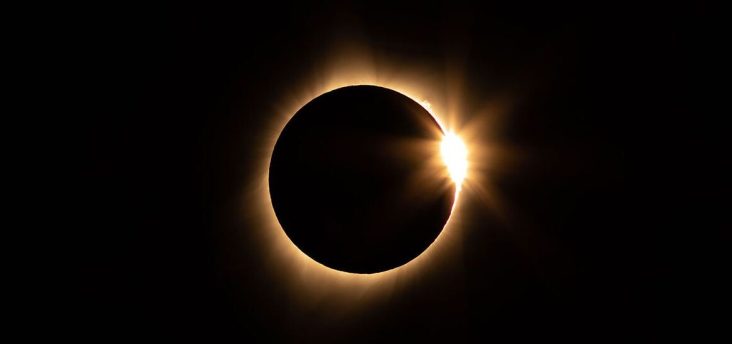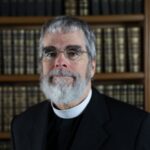Director of Vatican Observatory — Brother Guy Consolmagno (Kenya)
Vatican Observatory director to speak at Lyon College

It was the moment Albert Einstein had waited for. In 1915, he proposed the theory of General Relativity which stated that space and time are linked. It means that when large objects such as planets or stars move, space and time can become distorted.
On May 29, 1919, a total solar eclipse gave astronomers in South America and Africa the chance to prove or disprove the theory. What they found was that light was bent by the movement of the sun and it impacted the space around it.
Einstein was right. The theory of General Relativity was accepted by the world of science and he would go on to become one of the most famous scientists in history.
Parts of Arkansas, and especially Northeast Arkansas will be in the direct path of a total solar eclipse slated for April 8, 2024, according to NASA. Thousands of tourists are expected to flock to the region to witness the event.
In anticipation of next year’s total solar eclipse, Lyon College will host Brother Guy Consolmagno, SJ, (Kenya 1983-85) director of the Vatican Observatory, for a spring convocation presentation entitled “Science, Religion and the Art of Storytelling” on Thursday (March 9), at 4 p.m. in the Nucor Auditorium.
The lecture is free and open to the public.
“What do astronomy, religion and science fiction all have in common? They are all interested in the big questions; and they also all depend on the art of storytelling to present their strange and wonderful ideas in ways that people can understand, appreciate and evaluate,” said Consolmagno. “In this talk, we’ll examine why stories are fundamental to our understanding of religion; when being a good storyteller is essential in doing science; and how the way we tell these stories influences how we think about the big ideas.”
A Detroit native, Consolmagno earned undergraduate and master’s degrees from the Massachusetts Institute of Technology and a doctorate in planetary science from the University of Arizona. He was a postdoctoral research fellow at Harvard and MIT, served in the U.S. Peace Corps (Kenya), and taught university physics at Lafayette College before entering the Jesuits in 1989. At the Vatican Observatory since 1993, Pope Francis appointed Consolmagno director of the Observatory in 2015.
His research explores connections between meteorites, asteroids and the evolution of small solar system bodies. He has observed Kuiper Belt objects with the Vatican’s 1.8-meter telescope in Arizona, and measured meteorite physical properties to understand asteroid origins and structure.
Along with more than 250 scientific publications, he is the author of a dozen popular books including “Turn Left at Orion” (with Dan Davis) and “Would You Baptize an Extraterrestrial?” (with Paul Mueller). In 2000, the International Astronomical Union named asteroid 4597 Consolmagno in recognition of his work. In 2014, he received the Carl Sagan Medal from the American Astronomical Society Division for Planetary Sciences for excellence in public communication in planetary sciences.
“Brother Guy is an internationally known astronomer and a serious thinker about the interactions between science and religion,” said Dr. Barry Gehm, assistant professor of chemistry and biochemistry and member of the Lyon College Convocation Committee. “He is also an outstanding speaker who never fails to fascinate. We are very lucky to have him speaking at Lyon College [Batesville, AR].”

No comments yet.
Add your comment